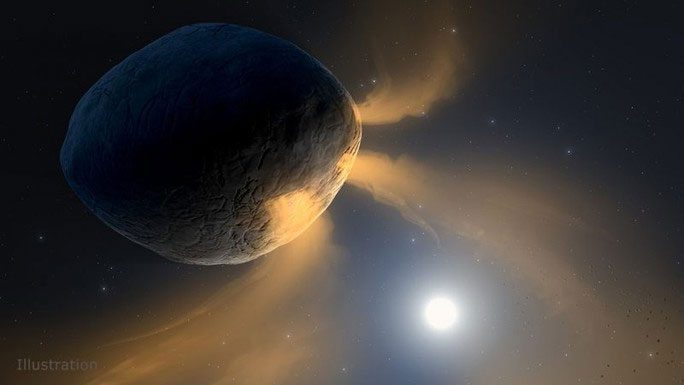One of the most spectacular astronomical phenomena that Earthlings will experience this year may stem from a violent and catastrophic event, according to new research from NASA.
According to Space, this special phenomenon is the Geminids meteor shower, which reaches its peak in mid-December each year. This meteor shower is unusual and raises many questions for scientists. Unlike typical meteor showers that originate from the dust tail of comets, it is generated by an asteroid.
Although named after the constellation Gemini, from which the meteor shower appears to emanate, the origin of the Geminids is actually the peculiar object 3200 Phaethon.

3200 Phaethon – (Graphic image from NASA).
In the new study, NASA explained how an asteroid can create a meteor shower: A high-speed collision with another object in the past caused the asteroid to partially shatter. The second possibility is that it encountered a mysterious weapon.
Regardless of the cause, it has created a massive debris field surrounding the asteroid. The Geminids meteor shower occurs when Earth passes through this debris field at the end of each year.
This discovery is based on data from the Parker Solar Probe from NASA, which operates in an area conducive to exploring the asteroid and its debris.
The way this object is less affected by heat when approaching our scorching mother star and how its dust trail orbits slightly further out than the main object indicates a potential collision in the past.
3200 Phaethon is a carbonaceous chondrite asteroid, older than Earth, dating back to the early solar system or even earlier, with an age of at least 4.6 to nearly 5 billion years.
The group of carbonaceous chondrites also contains elements that could explain the origins of life on Earth. Therefore, each stone it casts toward Earth is a great treasure if you’re lucky enough to find one – similar to a family in New Jersey who picked up a meteorite from the Eta Aquarids meteor shower in May, which was a fragment of Halley’s Comet.


















































